#1 Clubhouse no longer invite-only
Once exclusive, this audio social networking app is now available for all, after opening up to the 10 million people on the waiting list overnight. Previously, users had the opportunity to invite two people to the app. And invitations became so hot earlier this year, following a chat hosted by Elon Musk and Robinhood CEO Vlad Tenev, they were even being sold online.
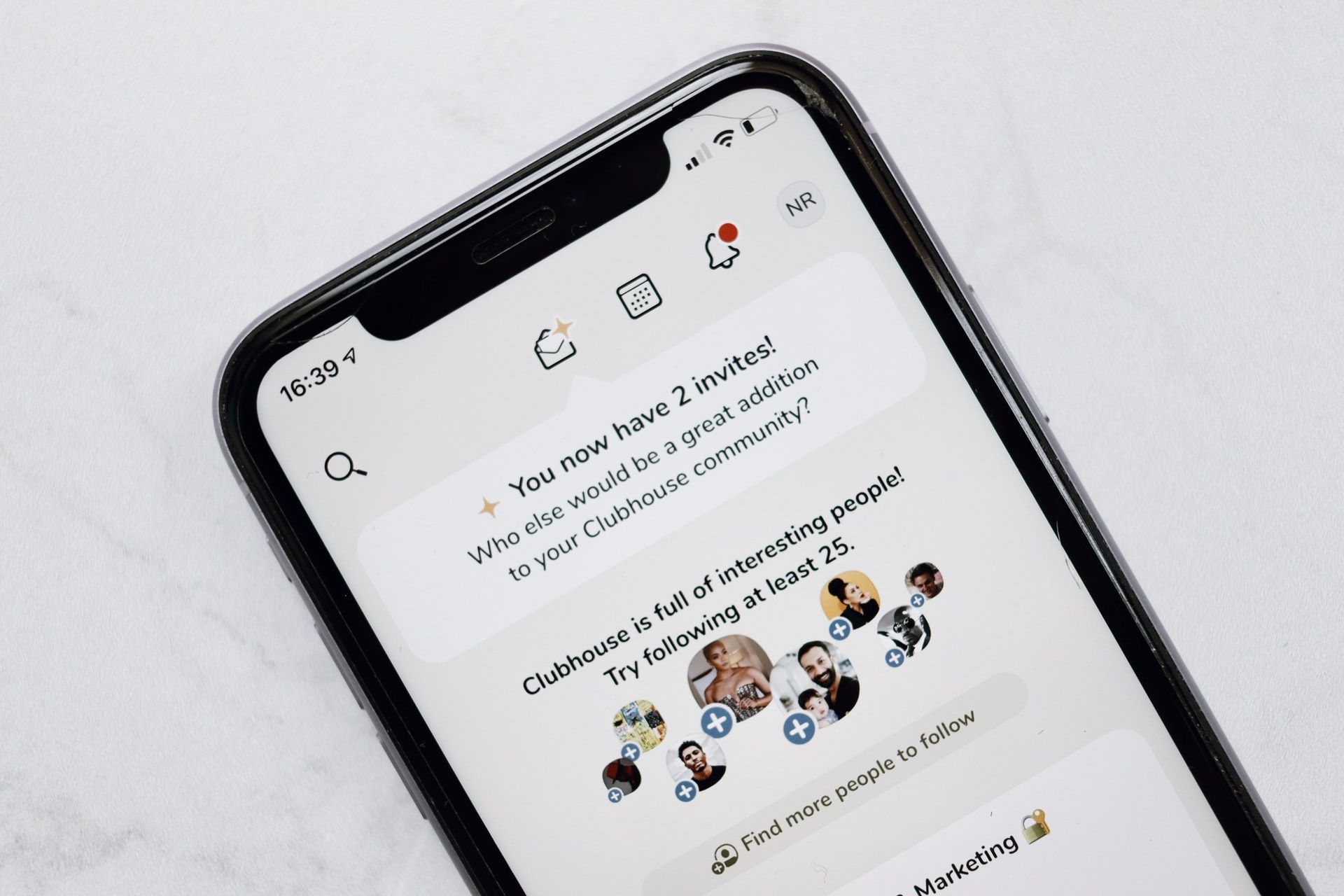
The change comes against a backdrop of competition from the likes of Twitter Spaces and Spotify Greenroom. But widening Clubhouse’s reach like this was always the goal of its Silicon Valley founders, Paul Davidson and Rohan Seth, who used its first year to build audiences gradually, scale-up, test and refine the features of the app.
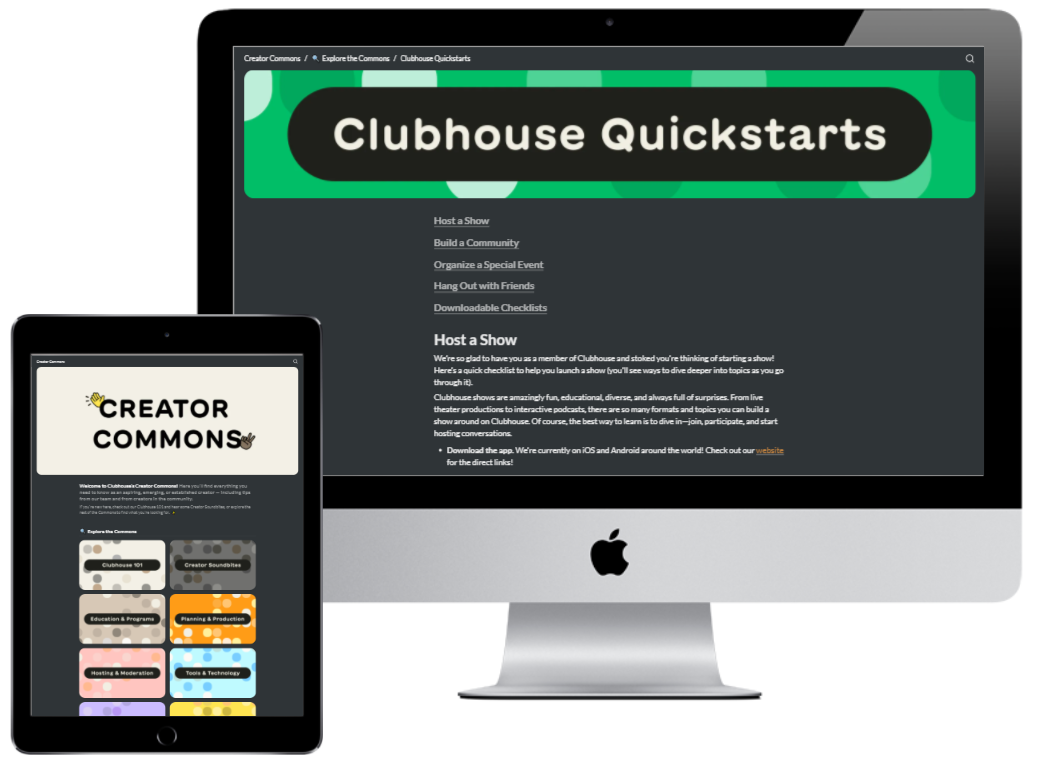
More than 30 million people are understood to have downloaded it to date, with the number of daily rooms growing to over half a million, while 90 million direct messages (DMs) were sent in the first week of Clubhouse’s newly-launched messaging functionality, Backchannel. There’s now potential for higher education marketers to tap into this audio market and reach prospective students through talks on aligned interests and courses. The platform is also committed to helping creators achieve results and has launched its Creator Common feature to inspire and guide users on boosting engagement.
#2 Social commerce reaches full exposure
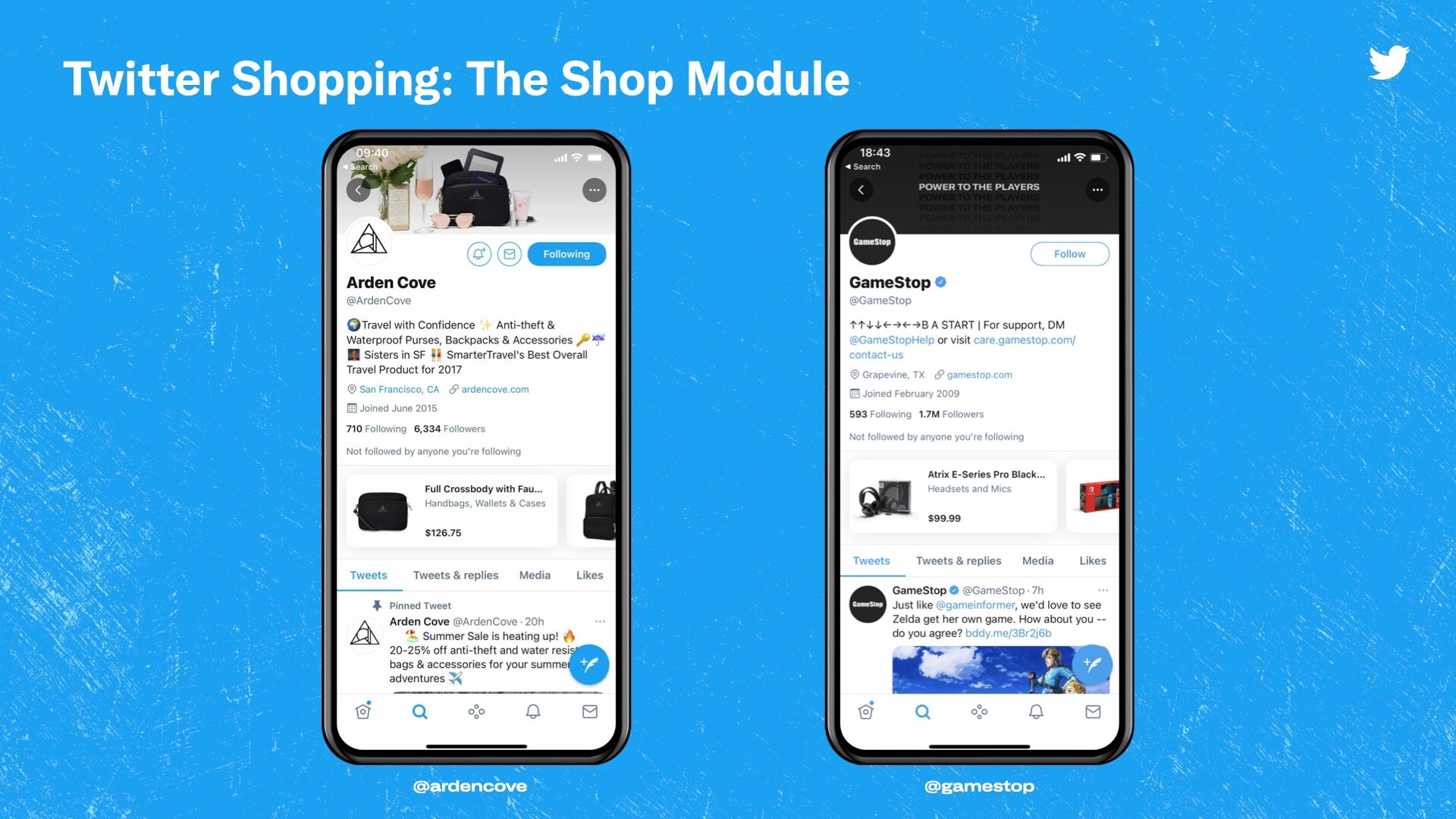
Twitter has followed in the footsteps of YouTube, Instagram, Snapchat, Facebook, Pinterest and TikTok to launch social commerce functionality. Currently in pilot stage, in the US only, its new Shop Module offers brands and retailers the chance to showcase products to users in carousel-form on profile pages and offers in-app purchasing. Only users with a professional profile can use the feature at present. If it’s rolled out further, it could potentially open up possibilities for university Twitter profiles to promote course offerings in the future.
#3 Instagram expands insights
The social media giant has improved its Insights tool for marketers, doubling the analytics window to two months of data at once. Soon, the timeframe will be 90 days. The existing, pre-set data ranges are still available but the new calendar tool allows users to drill down results more specifically, to measure the success of certain pieces of content or campaigns. This will provide useful insights on engagement on social campaigns during times such as clearing for higher education marketers.
#4 Twitter shuts Fleets
After failing to get the kind of engagement and success that Instagram has had with Stories, Twitter has scrapped its Fleets rival. The expiring tweet functionality launched about eight months ago but take up was low especially within Higher Education, despite Twitter hoping it would “encourage more people to join the conversation”.
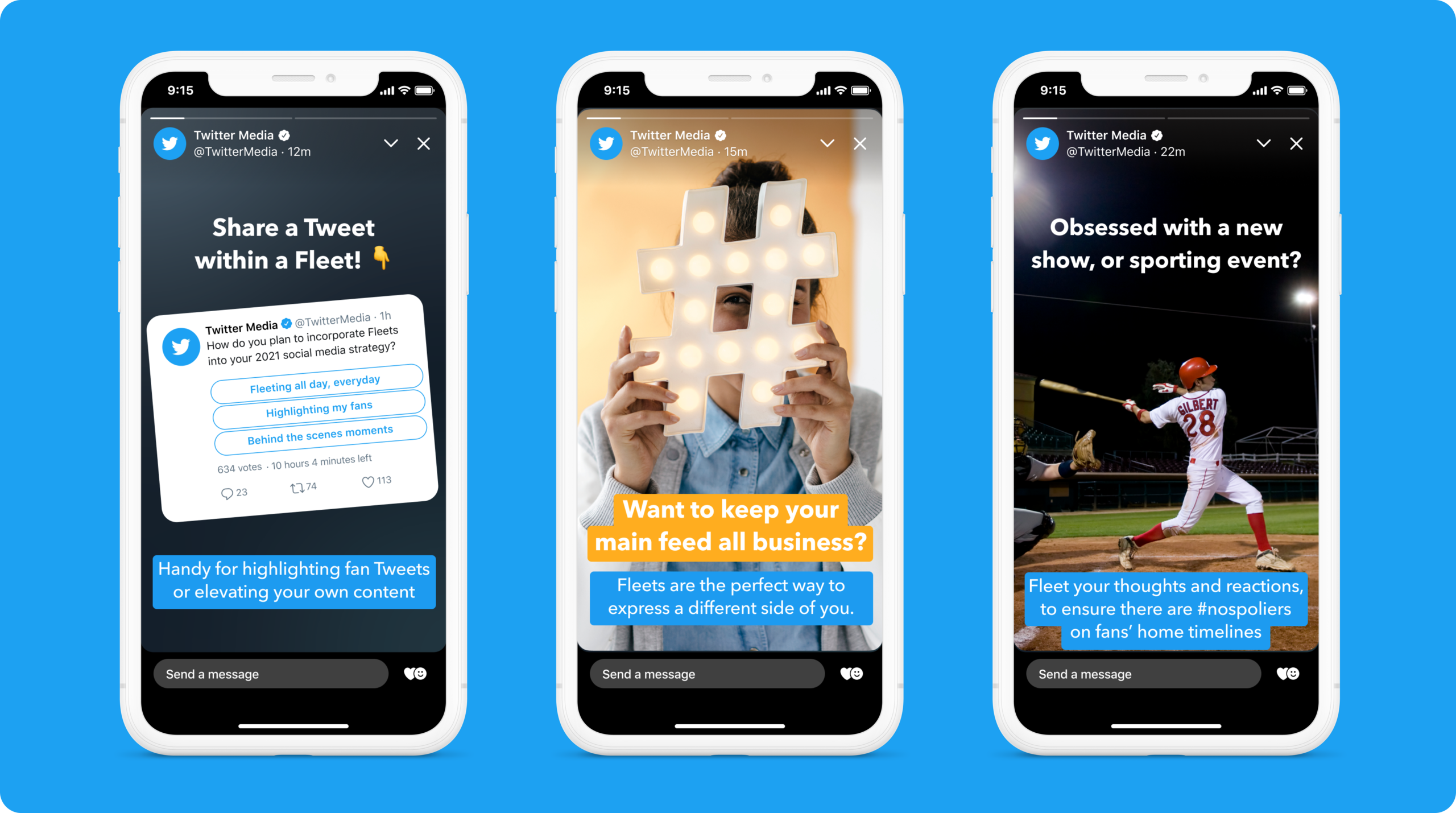
Instead, the company said that Fleets was being used by existing tweeters to amplify their musings and messages. But it will take learnings away; as most Fleets included media, Twitter has said it will soon test updates to incorporate features such as GIFs and text formatting for tweets. It will also display Spaces at the top of timelines for those who follow people hosting live audio.
#5 TikTok spark ads
Marketed by TikTok as “an authentic way for brands to elevate native, popular content”, Spark Ads enables organisations to sponsor relevant organically trending content, such as a post by a vlogger using their beauty product, for example. The tool identifies content that might amplify a brand’s messaging so that they can get in touch with the creator to re-purpose content for ads. Brands using these promoted clips can also use TikTok’s ad targeting tools. This it’s believed will not only help brands without big budgets for ad creation, but will appeal to all organisations looking to promote products in a real and engaging way.
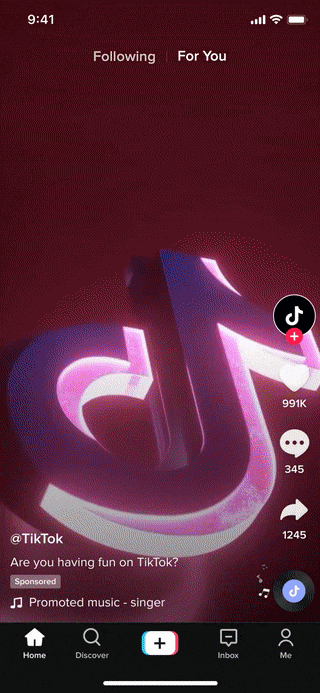
TikTok is also rolling out its Promote function to all business users, following successful testing. Like Facebook Boost, it enables brands to quickly turn their own organic content into an ad campaign, setting budgets, timelines and targeted audiences.
#6 Pinterest ad performance thrives despite falling users
Users of the photo-board platform spiked during the lockdowns, but as the world reopens, Pinterest’s audiences are falling. However, the business has said that both buying and engagement on the app remain promising. Revenue per user was up in Q2 on the first part of the year to a global figure of $1.32, just shy of the $1.57 it saw in the last part of 2020 and an improvement on stats from earlier that year. So, while users may be falling off, those it’s keeping are engaged and lucrative – bringing strong advertiser interest. Perhaps it’s worth thinking more about Pinterest for your university content in the coming year.
#7 Link stickers replace swipe-ups
‘Swipe up for more’ will soon be a thing of the past, with Instagram introducing link stickers to Story functionality for verified users with over 10,000 followers. It is set to make links more prominent and enhance creative control. Instagram has previously said it would like to expand link shareability to all users and, while it’s not quite there yet, this might be a step in the right direction.
#8 Longer TikTok videos
Some users of the platform now have the ability to publish videos of up to five minutes long, as TikTok tests the water on longer-form content. It has gradually been upping video length since launching with a maximum of 15 seconds, most recently upping this to three minutes for all users. A further shift could enhance creativity and the potential for more ad slots.
#9 YouTube launches Chapters
In a bid to improve navigation for users looking for specific content, YouTube has implemented new functionality in the form of Chapters. The platform now automatically chapters each uploaded video, highlighting key elements of each clip with timestamps. Users can now narrow searches down to the specifics of each video, allowing them to get a better flavor for what the content includes and get to the parts they're interested in quicker and with more ease.
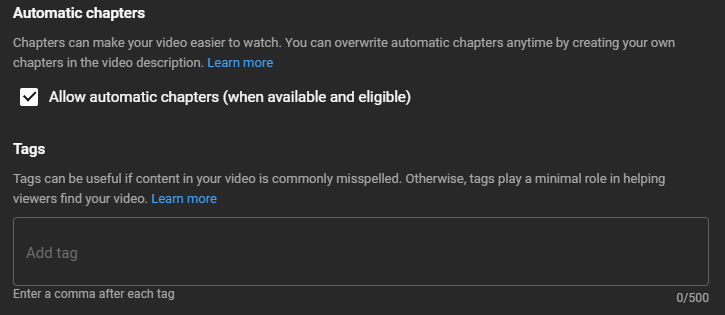
This could really benefit higher education marketing, where students are interested in specific topics for videos such as university open days. SEO is also likely to be positively impacted with the new feature.
#10 Instagram user collaboration
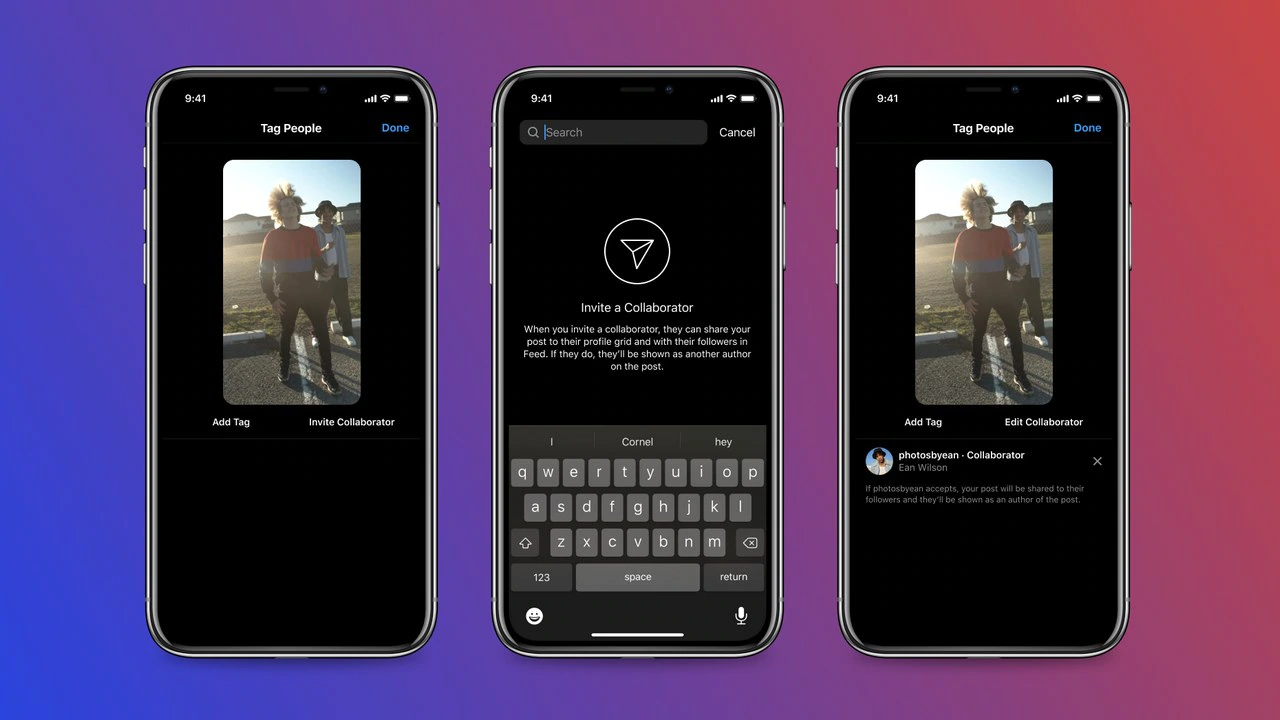
Instagram is currently testing new functionality which allows users to collaborate on Reels and videos in their main feeds. The new tool, called Collab, sees two profiles on the joint content which is shared to both sets of followers. The invite to collaborate is accessed from the tagging screen for users with access.
Thanks
If you're not already signed up for the blog you can do so here, for weekly insights from our team. That's all for this week, thanks for reading. If you have any blog post suggestions or ideas please reach out to us.

:format()//media/The-latest-social-media-network-changes-and-features-1200x675.png)